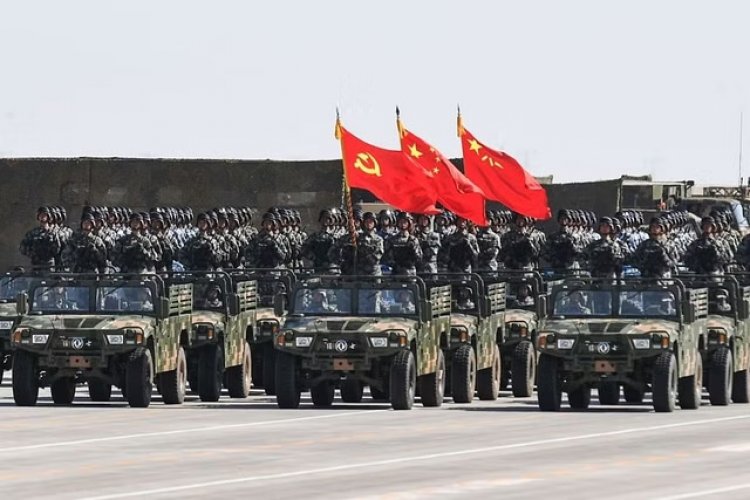India - China: Implications of China Increasing Its Defence Budget by 7.2%
STORIES, ANALYSES, EXPERT VIEWS

Chinese annual defence budget has crossed seven per cent for the third consecutive year. The political and military ramifications of this will be felt by its principal adversaries including India. The Chinese defence budget is three times India’s defence spending albeit much lower than the US military budget.
China consolidating its maritime strength
The key year to watch, writes Shishir Gupta (Executive Editor of the Hindustan Times) “will be 2027 when Chinese PLA completes its 100 years of raising and it is when President Xi Jinping’s focus will be on assimilating Taiwan with mainland China through military force as per US Indo-Pacific command assessment. The PLA is involved in rapid upgradation of its nuclear and conventional forces and has plans to dominate the Indo-Pacific as a pre-eminent power with deep forays into the Indian Ocean using carrier based task forces. This apart, it will further consolidate its maritime and missile power in South China Sea unless neighbor Japan sheds its pacific doctrine and pushes back the Communist state.”
While India is involved in a four -year stand-off with the China on East Ladakh Line of Actual Control (LAC), “the PLA is expected to mount pressure in the maritime domain directly and indirectly by supplying eight Yuan class diesel -electric submarines to Pakistan apart from surface combatants like frigates and destroyers. Given the speed at which the PLA Navy is expanding, it is only a matter of a couple of years when its long legs expand to the Atlantic Ocean and directly challenge the western domination through ports on western seaboard of Africa and South America.”
Need to upgrade Naval strength
Because India is not part of any military alliance like AUKUS in the Indo-Pacific and QUAD, Gupta states “New Delhi is left with no options but to enhance its maritime force capacity and capabilities in order to meet the challenge of an aggressive China in the region.”
In lieu of the evolving maritime security scenario, “the Indian Navy will have to take quick decisions on whether it is required to construct another aircraft carrier, more technologically advanced than the present INS Vikrant, and on construction of three nuclear powered attack submarines to deter the PLA Navy it is backyard. Unlike the lethargy of the past, the Navy will have to take fast decisions as the life of INS Vikramaditya is at best at the end of this decade. This apart, the Indian Navy will have to take a hard decision on whether it really needs a conventional submarine beyond the three additional diesel-attack submarines to be built at Mazagon Dockyards. Faced with Chinese challenges, the national security planners will have to make a decision fast as the gestation period of large projects like aircraft carriers, aircrafts and submarines takes decades…..”
















